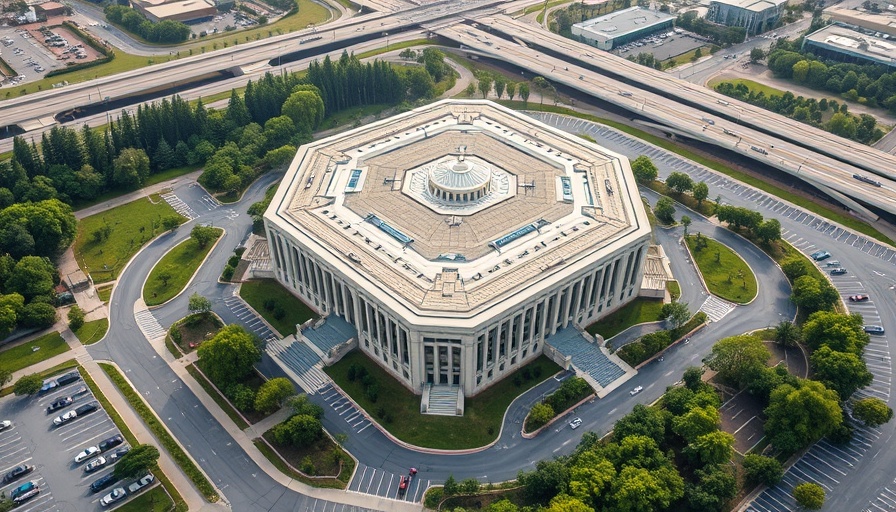
A Growing Cyber Threat: What Professionals Need to Know
In our digitally-driven world, the threat landscape continues to evolve, and as the FBI recently alerted, the dangers extend beyond traditional malware. Recent insights warn against installing or updating applications from unofficial sources due to rising cyber threats like PlayPraetor, an Android Remote Access Trojan (RAT). This malware specifically targets banking and cryptocurrency applications through malicious fake download pages impersonating legitimate sites.
The Mechanics of the PlayPraetor Attack
According to cybersecurity experts from Cleafy, PlayPraetor is thriving on deceptive update pages that are particularly hazardous due to their scale, exceeding 2,000 infections weekly. With coordinates that appear authentic—mimicking well-known Play Store links—users may unwittingly grant hackers access to sensitive personal information. By leveraging Android’s Accessibility Services, attackers can create overlays that prompt users to enter their login credentials, making it imperative to remain vigilant.
The Importance of Official App Stores
The core advice is simple: stick to the Google Play Store for app installations and updates. While no platform is entirely immune from risk, the strategies employed by cybercriminals using 16,000+ fraudulent URLs represent a growing global concern. As these threats intensify, the mantra becomes clearer: prioritize your security by disabling third-party downloads and enabling Google Play Protect.
Understanding Cyber Resilience in Emerging Markets
For mid to senior professionals in healthcare, finance, and tech sectors, comprehending these cyber threats is more than just an IT responsibility; it's crucial for business leadership. Organizations must foster an environment that emphasizes awareness and proactive measures against such threats. This not only safeguards personal and corporate data but also exemplifies an organization's commitment to security amidst transformative tech advancements.
What Can You Do?
Actively educating yourself and your teams about cybersecurity risks can significantly bolster your defenses against evolving threats. Regular training sessions, updated security protocols, and staying informed about emerging trends in technology will create a more resilient professional environment. Always verify URLs before app installations, and rely on trusted sources to prevent becoming a victim of sophisticated scams.
 Add Row
Add Row  Add
Add 




Write A Comment